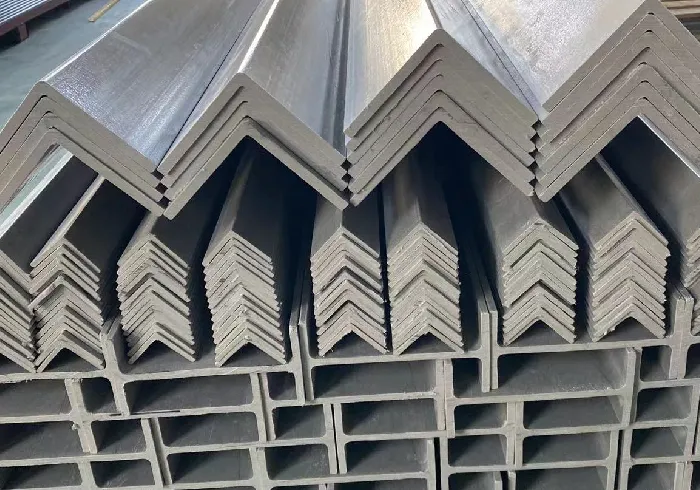loading...
- No. 9, Xingyuan South Street, Dongwaihuan Road, Zaoqiang County, Hengshui, Hebei, China
- admin@zjcomposites.com
- +86 15097380338
- Welcome to visit our website!
Exploring the Benefits of Structural Fiber Reinforced Polymer in Modern Engineering
Structural FRP Revolutionizing Engineering and Construction
Fiber Reinforced Polymer (FRP) composites have emerged as a game-changing material in the fields of engineering and construction. Their unique properties, combining low weight with high strength and corrosion resistance, provide innovative solutions to various structural challenges. As civil engineering demands evolve, the application of structural FRP is becoming increasingly significant across diverse construction projects.
FRP composites are made from a polymer matrix reinforced with fibers, such as glass, carbon, or aramid. These fibers contribute to the material's strength while the polymer provides flexibility and resistance to environmental challenges. The lightweight nature of FRP makes it an attractive alternative to traditional construction materials like steel and concrete, especially in applications where weight reduction is critical. For instance, in the construction of bridges, using FRP for reinforcing elements can significantly reduce the overall load, leading to less stress on supporting structures and foundations.
Structural FRP Revolutionizing Engineering and Construction
Another critical benefit of FRP is its ability to be tailored for specific applications. Engineers can adjust the fiber orientation, type, and volume fraction to optimize the material's properties for various load conditions. This tailoring capability allows for innovative design approaches that can improve structural efficiency and performance. Furthermore, FRP components can be prefabricated, which speeds up the construction process, reduces labor costs, and minimizes on-site disruptions.
structural frp

The integration of FRP in advanced engineering methodologies, such as the design of retrofitting solutions, has shown promising results. Many aging infrastructures require reinforcement to meet modern load demands and safety standards. Rather than replacing existing structures, which can be costly and time-consuming, FRP can be applied to enhance the structural integrity of existing systems. This not only extends the lifespan of the infrastructure but also provides economic advantages.
Despite its numerous advantages, the adoption of FRP in the construction industry is still met with challenges. The initial material costs can be higher than traditional materials, which may deter some stakeholders. Additionally, there is a need for broader acceptance and understanding of FRP technologies within the engineering community, from designers to contractors. Ongoing research and educational efforts are crucial in overcoming these barriers and promoting the adoption of FRP.
In the context of sustainability, FRP offers a compelling narrative. The reduction in raw material usage and transportation costs, due to its lightweight nature, combined with its long service life, indicates a lower environmental footprint compared to conventional building materials. As the construction industry increasingly focuses on sustainable practices, the role of structural FRP presents an opportunity for progressive development.
In conclusion, Structural FRP is redefining modern engineering and construction practices. With its superior strength-to-weight ratio, corrosion resistance, and design flexibility, it offers unparalleled benefits for both new constructions and retrofitting projects. As technology advances and knowledge spreads, the potential applications of FRP will continue to expand, paving the way for innovative and sustainable infrastructural solutions that can meet the challenges of the future. As we move forward, embracing the versatility and advantages of FRP will be key to building resilient and enduring structures.
-
GRP Structures: The Future of Lightweight, High-Performance EngineeringNewsJun.20,2025
-
FRP Water Tank: High-Performance Storage for Corrosive and Clean Water SystemsNewsJun.20,2025
-
FRP Square Tube: The New Industry Standard for Chemical and Structural ApplicationsNewsJun.20,2025
-
FRP Pultruded Profiles: The Ultimate Choice for Lightweight Structural StrengthNewsJun.20,2025
-
FRP Handrails: The Safer, Smarter, and Stronger Choice for Modern InfrastructureNewsJun.20,2025
-
FRP Grating: The Smart Solution for Durable, Lightweight Industrial FlooringNewsJun.20,2025
-
Why Choose a Galvanized Water Tank for Your Storage NeedsNewsMay.21,2025
